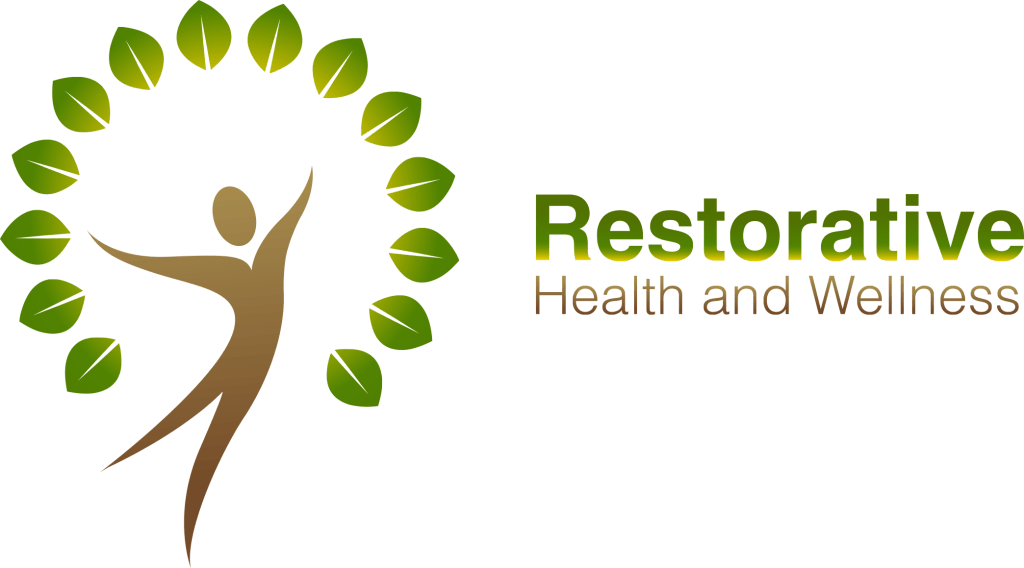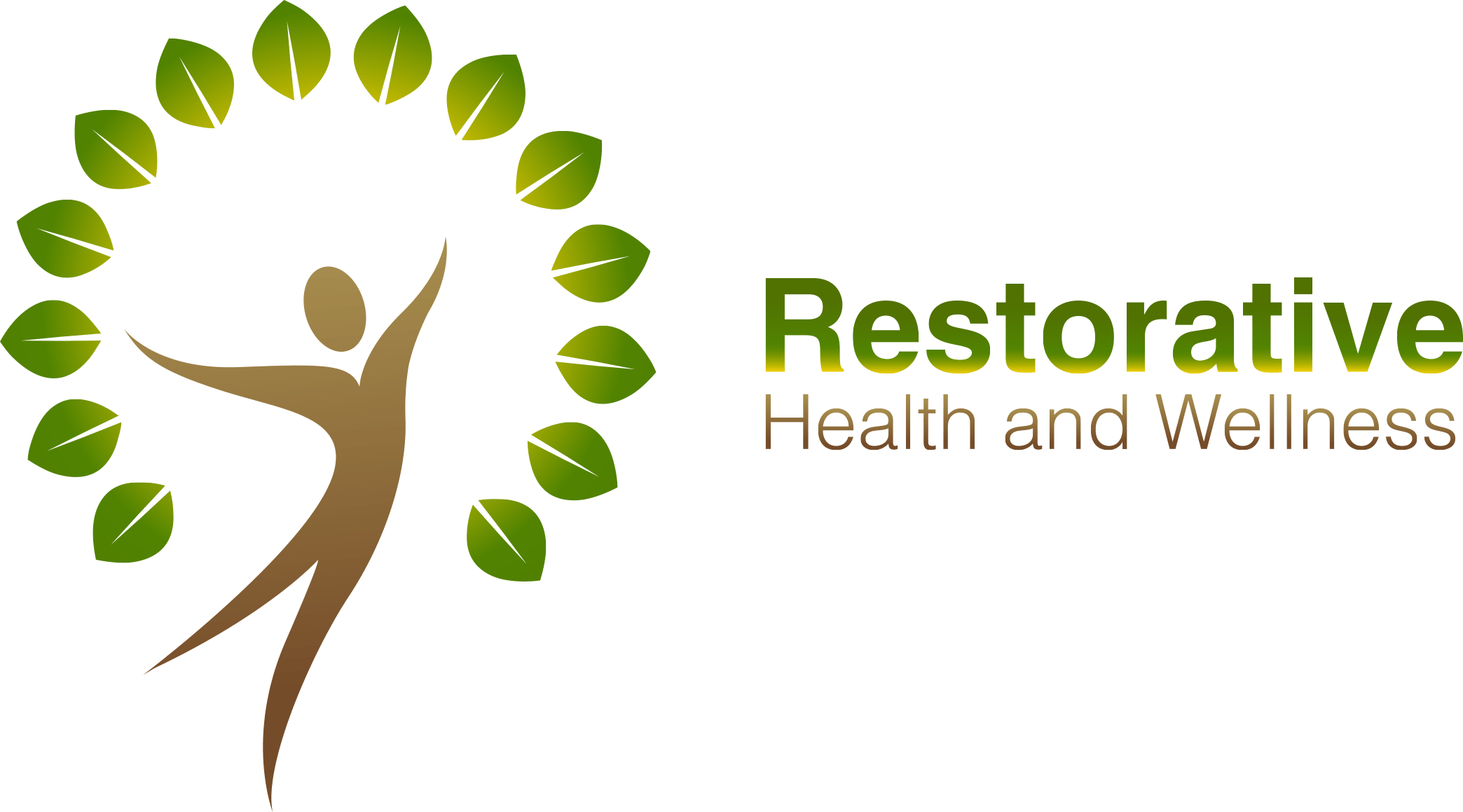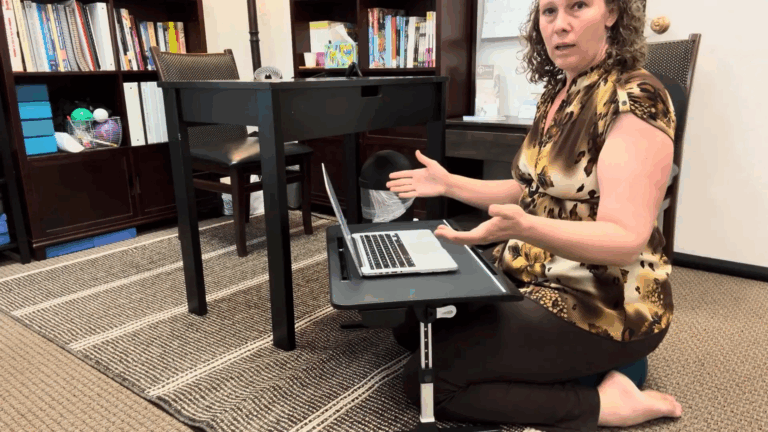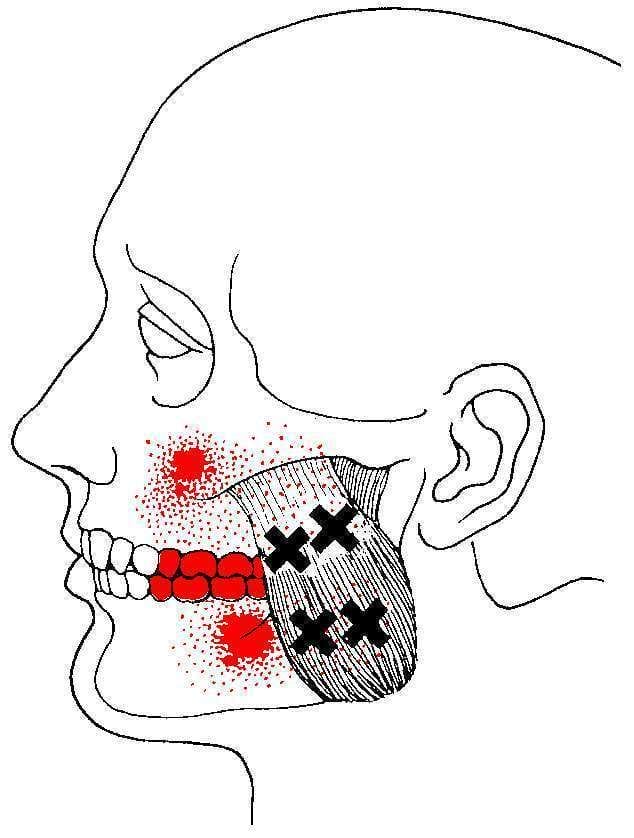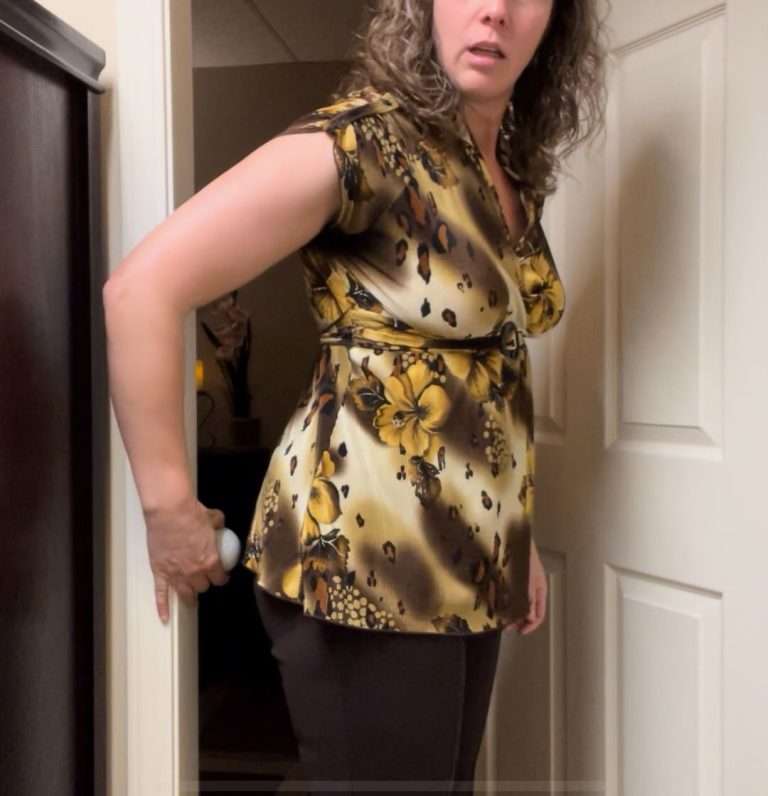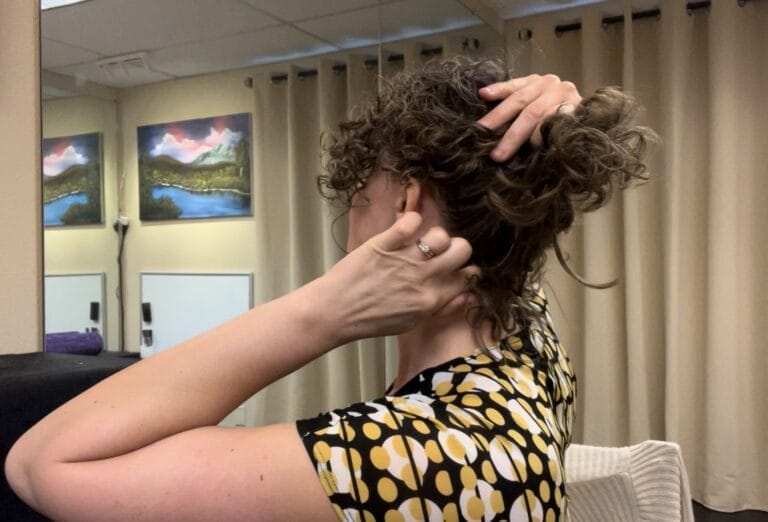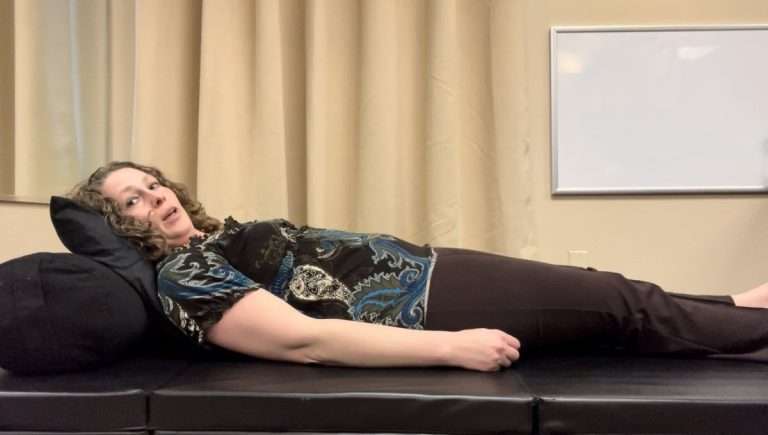Back Sleeping with support: A Simple, Comfortable Tutorial

Hi — I’m Emily Boudwin, Neuromuscular Massage Therapist and Restorative Exercise Specialist. I created a short demonstration showing a very simple way to sleep on your back with proper neck and head support. If you struggle when you try to lie flat—your rib cage feels flared, your low back hollows, or your legs feel like they’re straining—this step-by-step guide will walk you through how to set up your pillows so back sleeping becomes comfortable, restorative, and actually helpful for relaxing the psoas (pronounced “so-az”) muscles that attach to the lower spine.
Back Sleeping with support is both a positional fix and a gentle release technique. Below I’ll take you through exactly what I do, why it works, and practical adjustments for different bodies so you can adapt the setup for naps or short rests, while preserving comfort and spinal alignment.
Why back sleeping with support can help
Lying on your back without thoughtful support often causes a common pattern: the rib cage flares up, the low back arches creating a “big hole,” and the legs feel unwilling to settle. That arch pulls on the psoas (the muscle connecting the sides of the spine to the femur) and keeps your low back from relaxing. When you use pillows to support the shoulders and head while allowing the pelvis and low back to gently settle, the psoas can relax and your low back slowly comes closer to the bed.
Think of back sleeping with support as a passive psoas release combined with improved neck/head alignment. It’s not necessarily a replacement for physical therapy or other treatments, but it’s a useful, comfortable tool you can use at home for short periods—especially for naps or when you want a restful reset.
What you’ll need
- Two pillows (or one pillow plus a bolster). I often use two pillows stacked, with the bottom pillow positioned slightly lower toward the foot of the bed and the top pillow angled a little toward the head of the bed.
- An optional small pillow if you need extra height to prevent rib flare.
- A bed with enough length that your shoulders and head can rest comfortably on the pillow arrangement without crowding your feet.
Step-by-step pillow setup for back sleeping with support
Follow these steps slowly while you’re in bed. I’ll describe the arrangement I demonstrate in my tutorial and why each position matters.
- Start with two pillows stacked. Place the bottom pillow a little closer to the foot of the bed and let the top pillow be slightly closer to the head of the bed. This creates a gentle slope under your shoulders and head.
- Lie down so that your shoulders rest on the lower pillow and your head is supported by the upper pillow. Your shoulders should be partially on the pillow, not hanging off the edge.
- Check your rib cage. If your ribs still feel flared up away from the mattress, add a small additional pillow or bolster under your head and shoulders. The goal is to encourage the rib cage to soften and let the low back approach the mattress.
- Adjust until your legs feel relaxed and comfortable. Your knees may not need to be flat—some people prefer a small pillow under the knees for additional low-back comfort—but in my setup the pelvis is supported enough that the legs can relax on their own.
- Close your eyes, relax your arms by your side, and breathe. Over several minutes the psoas on either side of the spine often releases, and you may notice the low back lowering closer to the bed.

Why the shoulder-on-lower-pillow trick works
When the lower pillow is positioned slightly toward the foot of the bed, the shoulder lands on the center of that pillow while your head remains on the top pillow. This encourages a gentle posterior tilt of the rib cage and reduces the diaphragmatic lift that creates rib flare. As your ribs settle, your psoas muscles get an opportunity to lengthen and relax because they are no longer fighting an extreme anterior pelvic tilt.

Fine-tuning: what to do if you still feel tension
If after the initial setup your ribs still feel flared, don’t worry—this is common. Add a slim pillow or bolster under your shoulders and neck. I frequently use a small pillow and move it until the rib cage rests more comfortably. This helps the psoas quiet down and the low back to flatten gradually.

Another adjustment: if you normally sleep on your side at night, be aware that repeated use of the center pillow may compress the center region over time. When you roll from back to side, the outer portion of the pillow tends to be the correct height to keep your neck aligned. You may find yourself naturally rearranging the pillows when you transition to your side—this is normal and useful: the center of the pillow becomes flatter and the outer edge acts as a side-sleep support that helps maintain spinal alignment.
How long should you use this back sleeping with support setup?
I don’t recommend lying on your back in this configuration for overly long periods—this is typically a short, restorative position I use for naps or for a deliberate relaxation session. The reason is practical: most people, myself included, naturally sleep on their side at night. I use this supported back position as a quick psoas release and restorative pause, not as an all-night prescription.
For best results, lie in this setup for a few minutes up to 20–30 minutes, breathing slowly and letting the body settle. If you have respiratory issues or sleep apnea, consult your healthcare provider about back sleeping first.
Common questions and troubleshooting
Q: Will my back touch the mattress while doing this?
A: Initially, your low back may not touch the mattress. That’s normal. As the psoas relaxes, more of your low back will come closer to the bed. Don’t force it—let it happen gently as you breathe.
Q: I have chronic low-back pain. Is back sleeping with support safe for me?
A: Many people with low-back pain find short sessions helpful because the psoas and surrounding muscles get a chance to relax. However, if you have a specific spinal diagnosis or severe pain, check with your practitioner before trying new positions. This technique is intended as a gentle, conservative self-help method, not a replacement for individualized medical care.
Q: How does this relate to other restorative practices you teach?
A: I often pair positional releases like this with self-massage and simple mobility work. If you’re addressing neck tension or headaches, see my guide for suboccipital self-massage. If hip or psoas pain is part of the problem, my post “Does your low back hurt? The psoas muscle could be the culprit” goes into more detail on psoas mechanics and exercises. You can find those resources and related tutorials here:
Useful links:
- Does your low back hurt? The psoas muscle could be the culprit: https://restorativehealthandwellness.com/does-your-low-back-hurt-the-psoas-muscle-could-be-the-culprit/
- Suboccipital self-massage guide: https://restorativehealthandwellness.com/suboccipital_self_massage_guide/
- Do you get hip pain? Try this adjustment: https://restorativehealthandwellness.com/do-you-get-hip-pain-watch-this-video-to-find-out-what-you-can-do/
- Sit on your sitz bones: https://restorativehealthandwellness.com/video-sit-on-your-sitz-bones/
- General massage and services: https://restorativehealthandwellness.com/massage/
- Book a session with me: https://restorativehealthandwellness.com/contact-us-and-schedule-your-massage/
Final tips and safety reminders
Back Sleeping with support is simple, but the details matter. Keep these in mind:
- Use the pillows to support your shoulder so your head remains neutral—avoid tucking your chin or extending your neck.
- Add a small additional pillow if your ribs are flaring; the goal is gentle support, not forceful correction.
- Don’t force your low back to the bed. Allow the psoas to relax gradually over time.
- If you have breathing difficulties, severe spinal conditions, or a recent injury, consult your healthcare provider before trying new sleeping setups.
“The longer you lie in a supported, relaxed position, the more your low back will come closer to the ground as your psoas releases.” — Emily Boudwin
If you want more step-by-step self-care routines, exercises, and short tutorials, check out the blog home and other specific guides on my site:
- Blog & tutorials: https://restorativehealthandwellness.com/blog/
- Headache and neck resources: https://restorativehealthandwellness.com/headache-self-massage-scm-sternocleidomastoid/
- TMJ self massage and jaw relaxation: https://restorativehealthandwellness.com/relax-your-jaw/
I hope this tutorial on Back Sleeping with support gives you a simple, practical technique to use the next time you need a restorative break. If you try it, pay attention to how your ribs and low back respond, and tweak the pillow placement until it feels right for you. For individualized help, you can schedule a session with me to assess posture, muscle tension, and personalized sleep-support strategies.
Thanks for reading — breathe, relax, and take a moment for your body.
Did this post help you! |
|
Then sign up for our FREE Email Newsletter! |
| Sign Me Up! |
